Introduction
Due to the NDIS’s emphasis on conveying subjective, solid, and reasonable administrations to all Australians with extraordinary necessities, the NDIA continually screens how providers perform. Not just that as it likewise sets some standard procedures for the process.
These are the purported NDIS Practice Standards: a bunch of arrangements that all NDIS care suppliers should carry out in their activities and render viable straightaway.
It’s critical to comprehend these as they establish the frameworks for the NDIS review measure. Everything rotates around the terms set out by the Quality and Safeguards Commission.
In light of these terms, independent auditors picked by the NDIA are then approached to audit every supplier’s strategies and check whether they are executed in the right manner or not.
In simplest of Layman’s terms, a review is a “test” ordered by the NDIS Commission and executed by private associations to guarantee that all suppliers satisfy essential quality guidelines. Indeed, they are compulsory as far as NDIS might be concerned suppliers. Also, indeed, you can’t get away from them.
As you’ll find in the forthcoming areas, that isn’t as terrible of a thing as it sounds. The cycle might be severe in certain spaces however there are a lot of valid justifications for it.
The National Disability Insurance Scheme (NDIS) Quality and Safeguards Commission (the “NDIS commission”) is the Government administrative body (Federal) directing the organization and guidelines of the NDIS. The NDIS Commission deals with the register of suppliers of NDIS administrations, upholds, and is answerable for the enlistment of NDIS suppliers. All enrolled suppliers should attempt an outsider quality appraisal via either accreditation or on the other hand check against the NDIS Standard Practice.
NDIS Providers who give complex backings or are Australian organizations or affiliations are needed to attempt certificates to the NDIS Practice Principles. This includes a review against the Core Module that will survey:
-
- Risk, administration, and operational administration
- Rights and duties
- Provision of supports
- The climate where the backings are conveyed
The review may likewise cover extra strengthening NDIS Practice Standard modules if your administration conveyance incorporates conduct support, youth upholds, particular help coordination, or expert inability convenience. BSI is supported by the NDIS Commission to embrace quality reviews against the NDIS Practice Principles.
All capacities identified with supported quality are covered under the National Disability Insurance Scheme Act 2013 (Act) for examiners and appraisals. Likewise, the Commission may use BSI for reconnaissance exercises and yields for its grumblings examination measures, consistency sees, restricting requests, enforceable endeavors, or potential orders.
Steps to Certification
The accompanying segment traces the means for drawing in BSI as your Approved Quality Auditor (AQA) for NDIS Practice Standard confirmation. BSI claims all authority to give its customers and those that solicit citations with showcasing and specialized data identifying with norms, preparing, and consistent administrations.

There’s no evaluation required in case you’re not enlisted to the NDIS. This should come as a conspicuous update yet the line among unregistered.
At the point when you register with the NDIS, you are given the notification to attempt an obligatory review within a year and a half. This isn’t almost sufficient time for most NDIS care suppliers.
Contingent upon your experience level, association size, and support offered, you might need to begin gathering the important desk work before you go for the registration.
Since reviews start from the earliest starting point. At the point when you first register with the NDIS, you are approached to finish a self-evaluation against the NDIS Practice Standards just as an “Extent of Audit” archive. You at that point send this out to inspectors who will review it for errors. Along these lines, it’s significant that you consider your strategies and methodology marginally into what’s to come.
Stage 2: Understand the Procedures & Policies of NDIS, in detail
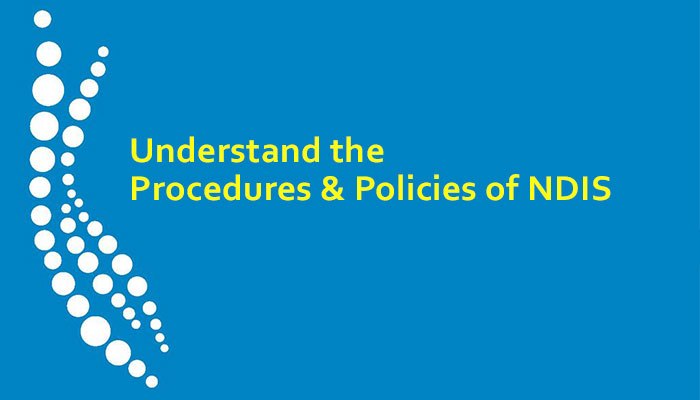
The main thing in the process is for you (and all partners) to comprehend the arrangements and techniques behind the NDIS and why you need them in your case.
This is the second inquiry that gets tossed around after suppliers acknowledge they need to embrace a review. It’s common to feel overpowered once in a while however making the obligation to guarantee that your administrations are in every case reasonable and subjective is of most extreme significance.
As such, you need to take a review since it guarantees that the nature of your administration coordinates with the cross-country responsibility proposed by the NDIA towards individuals with extraordinary necessities.
Consider everything as an approach to improve your administrations instead of being examined. As a rule, you’ll as of now have a strong establishment in assisting individuals with different abilities.
Strategies make this quality establishment a repetitive cycle, permitting you to offer great types of assistance at a graceful scale.
Stage 3: Is there any difference between Verification & Certification?
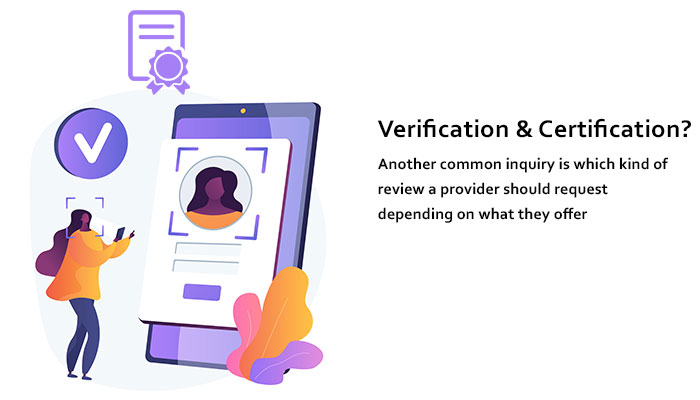
Another common inquiry is which kind of review a provider should request depending on what they offer. This is a precarious inquiry because of the giant nature and tremendous idea of the NDIS.
There are two kinds of Audits:
One is the Verification Audit and the second is the Certification Audit.
While Verification Audit is low-risk support, the Certification Audit is high-risk support.
Since this is a critical differentiation, we’ll separate the two audits and go more top to bottom about which is more applicable to you explicitly.
For individual proprietors or/and small businesses dealing with low-risk support to NDIS participants a “verification” audit is needed. This verification audit is done over a fixed & regular interval of 3 years. From minor and originating issues to reporting to final decision making, an expert body of auditors check certain steps to make sure that all the required documentation is properly verified and kept in the right places. The provider is supposed to initiate the initial issues through the Scope of Audit documents discussed earlier and finalizing an expert auditor that understands your requirements.
After analyzing the number of auditors available, you can finalize one that suits your budget and needs. And when you are ready you can kick off your “audit plan” phase in which verification and certification body both can be separately discussed and invested with your necessary feed and requirement.
-
- Allow your assigned auditor to review all your documents from the NDIS portal;
- After reviewing all your necessary documents a “desktop audit” is made by your auditor with the risk, complaints, incident management, safety policies, and other necessary operational needs like the size of your business, its state, and the scope of work;
The pretext behind creating the report is to highlight the pointers in your audit report, understand the scope of further improvements, a report is prepared and the final decision is taken by the certification body.
A “certification” audit is a more intensive, on-site evaluation that is created in numerous stages rather than a couple of steps like the verification audit and can require a long time to finish.
The two center stages to this audit:
Document Review: Auditors go through your documentation in an interaction like the one clarified for the verification audit. Any disappointment or spaces of concern are then detailed toward the end so you can begin dealing with them before stage two.
On-site assessment: Unlike the verification audit, NDIS suppliers offering high-risk upholds should embrace an on-site evaluation where the auditors will inspect the climate of administration conveyance just as potential approach disappointments.
Also, affirmation bodies will likewise meet both colleagues and customers to get a full, fair-minded image of how the association performs and its false notions.
Toward the finish of stage two (counting all interviews), you will get a report same as the verification audit. For more data, here’s a confirmation manual from BSI.
Stage 4: Auditing and Cost Bodies
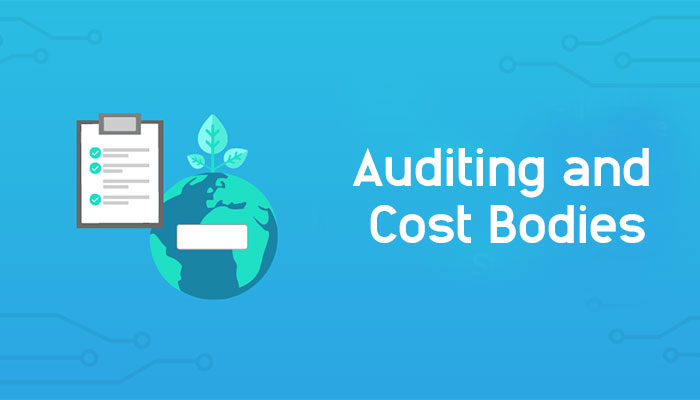
“Alright, so what amount does it cost to undertake an audit?” Audits can go somewhere in the range of $500 to $10,000 depending upon the association’s size, extension, and support. Verification Audits are normally less expensive as they are remotely handled.
The matter of Fact is that the Audits are undertaken by privately owned businesses! This implies that you’ll uncontrollably get various statements from different sellers for a similar extent of work (the NDIA orders the equivalent evaluating necessities for all inspectors).
It’s essential that, out of the 15+ evaluators accessible, you request 3 to 5 statements, not only one. Thus, you can think about the offers and comprehend what the scene resembles.
As audit costs aren’t stringently constrained by the NDIS Commission, you’ll need to do some examination previously and get the best statement by:
-
- Exploring the auditors that oblige your necessities
- Investigating and understanding their application cycle
- Rounding out the correct choices (sole trader versus association for instance)
- Assessing the perfect measure of members you’ll serve (this is enormous!)
- Joining forces with different suppliers in your region to comprehend their experience
- Counting the backings, you intend to offer (on top of existing ones)
- Announcing the correct number of staff inside
- Conveying up to five solicitations
You should accept this open door to sort out the intricate details of how the NDIS is developing across Australia. As a creating plan, things can change regularly.
As you develop the fundamental experiences, you’ll have a greatly improved comprehension of the auditing scene and how you can profit from the auditors’ aptitude.
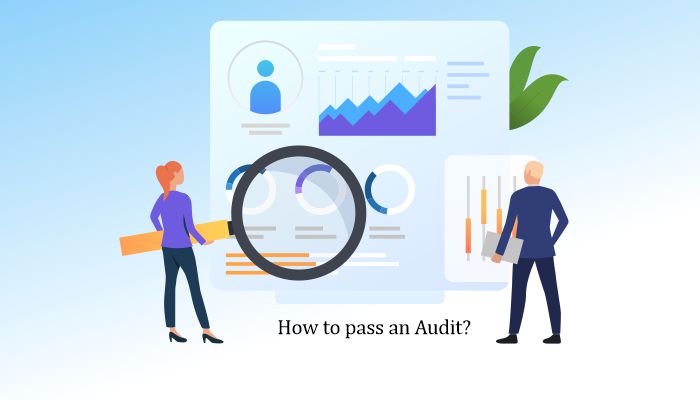
An audit can be “passed”. Auditors work with major or minor “non-conformities”
-
- Self-appraisal finished in the NDIS gateway
-
- Discoveries dependent on documentation offered by the provider
-
- Consistence with the NDIS Practice Standards
-
- Clear recognizable proof of the registration classes
-
- Any extra necessities for your pertinent case
If there should be an occurrence of verification audits, and with the perfect measure of data in their grasp, auditors would then be able to continue to stage 2 of their activity which is the on-site assessment. These variables add to a rating from 0 to 3: the last being “BEST PRACTICES IMPLEMENTED” and the previous being “REQUIRES URGENT WORK”.
For each evaluation, here’s the result:
-
- A rating of 0 (significant non-conformities) implies the supplier can’t show suitable arrangement, quality confirmation, or execution of strategies and methodology and is, along these lines, blocked a suggestion for one or the other certification or verification.
-
- A rating of 1 (minor non-conformities) implies the supplier as proof of the right approach (policy) and system execution without the proper documentation to back them up. This generally requires non-critical yet significant restorative activity.
-
- A rating of 2 (conformity) implies the supplier can obviously give proof of legitimate strategy execution and documentation dependent on the variables recently examined, taking into account suggestions to one or the other certification or verification.
-
- A rating of 3 (conformity with components of best practice) implies the provider is exceeding everyone’s expectations by giving the base prerequisites as well as executing advancements for quick, proper assistance delivery.
You could say that evaluations 2 and 3 are a “pass” yet that is not the right method to take a gander at it. The possible time you face deregistration is in the event that you continue to disregard major non-conformities.

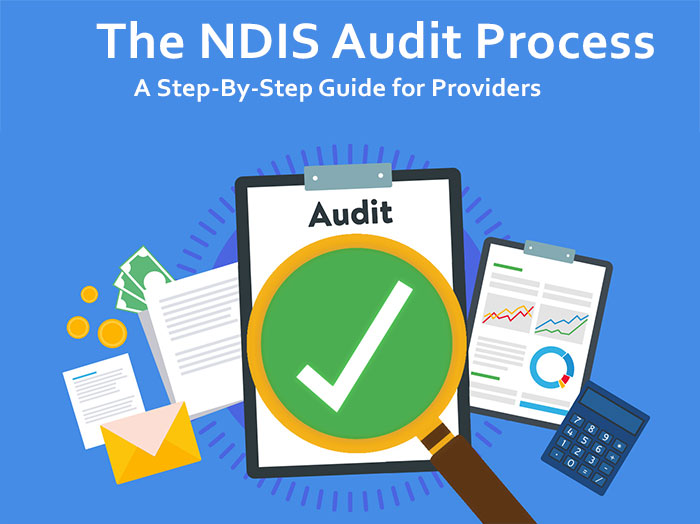
Recent Comments